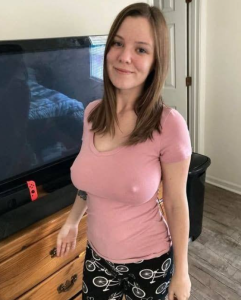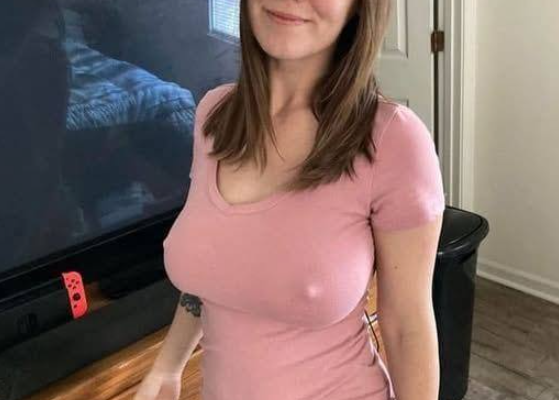Don’t Look If You Can’t Handle It: A Story of Seeing and Being Seen
There’s a moment—fleeting, electric—when the eye catches something it wasn’t meant to. A flash of vulnerability. A wound. A truth too raw to be dressed up. Most people look away. But not Dara.
Dara had always been drawn to what others avoided. Not out of morbid fascination, but because she believed that the things we flinch from often hold the keys to understanding ourselves. Her childhood was marked by silences—her mother’s grief tucked into drawers, her father’s rage folded into the corners of rooms. No one talked about the accident that took her brother. No one mentioned the way her mother stopped singing. But Dara noticed. She saw everything.
So when she stumbled across the gallery titled “Don’t look if you can’t handle it,” she didn’t scroll past. She clicked.
The first image was absurd—a man in a chicken suit asleep on a subway bench. The second, unsettling—a cracked porcelain doll staring into the camera with one eye missing. The third, tender—a wrinkled hand reaching for a child’s cheek. Each photo was a fragment, a whisper, a dare. They weren’t just pictures. They were confessions.
Dara felt her breath catch. Not because the images were shocking, but because they were honest. They didn’t ask for approval. They didn’t apologize. They simply existed, raw and unfiltered, like the memories she kept locked behind her ribs.
She remembered the day she found her brother’s sketchbook. It had been years since the accident, and her parents had boxed up his things, sealing them in the attic like a mausoleum. But Dara had climbed the creaky stairs, flashlight in hand, and unearthed the book beneath a pile of winter coats. Inside were drawings—some beautiful, some grotesque, all aching with emotion. One page showed a boy falling through a sky of broken clocks. Another, a girl with wings stitched to her back. Dara had cried, not because the drawings were sad, but because they were true.
That’s what the gallery felt like. A digital sketchbook of the world’s hidden truths.
As she scrolled, Dara began to imagine the stories behind each image. The man in the chicken suit—was he escaping something? Performing a dare? Or simply tired of being invisible? The doll—was it discarded by a child who’d outgrown it, or kept as a relic of a lost sibling? The hand—was it a grandmother’s final gesture, or a mother’s daily ritual?
Each photo became a portal. And Dara, ever the seeker, stepped through.
She thought of her own life. The way she’d learned to smile through grief, to laugh in the face of discomfort. The way she’d become a curator of emotional artifacts—collecting moments that others discarded. Her friends called her “intense.” Her therapist called her “brave.” But Dara knew the truth: she was simply unwilling to look away.
There was power in that. In seeing what others couldn’t handle. In holding space for the messy, the painful, the absurd. Dara had once believed that healing came from fixing what was broken. Now she understood: healing came from honoring the break.
The final image in the gallery was a mirror. Not a literal one, but a photo of a cracked reflective surface, with the caption: “You see what you’re ready to see.”
Dara stared at it for a long time.
She thought of her mother, who still couldn’t say her brother’s name. Of her father, who had learned to cry only after Dara moved out. Of herself, sitting alone in her apartment, surrounded by books and plants and the quiet hum of memory.
She thought of the people who would scroll past the gallery, dismissing it as clickbait or chaos. And she thought of those who would pause, feel something stir, and maybe—just maybe—begin to see.
Because that’s what art does. It doesn’t fix. It reveals.
And sometimes, revelation is the first step toward redemption.
Dara closed her laptop and walked to the window. Outside, the world was loud and bright and indifferent. But inside her, something had shifted. Not dramatically. Not permanently. But enough.
She would call her mother tomorrow. She would ask about the songs she used to sing. She would listen.
And maybe, one day, they’d look at the sketchbook together.
Not to mourn.
But to remember.


